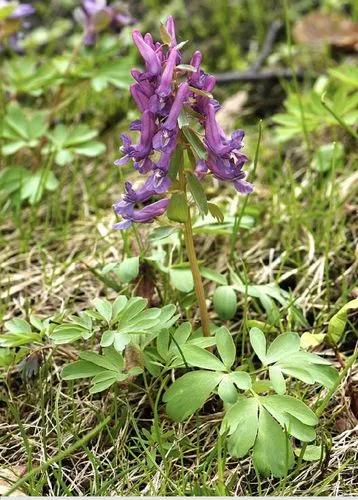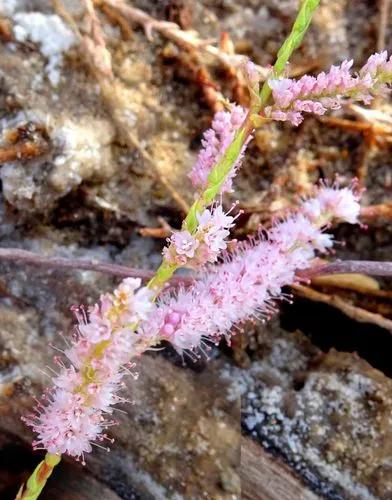Salvia splendens, the scarlet sage or tropical sage, is a tender herbaceous perennial native to Brazil, growing at 2,000 to 3,000 m elevation where it is warm year-round and with high humidity. Wild plants can reache 1.3 m tall.
Scarlet sage Care
Salvia splendens



Although the scarlet varieties are the best known, Salvia splendens does come in other colors, including white, salmon, pink, purple, lavender, burgundy, and orange. Salvia splendens reaches 18 to 30 inches in height. Its flowers grow on spikes and are quite showy. The dark-green, heart-shaped, 3-inch leaves give off a smell that mammalian pests dislike, making them both deer-resistant and rabbit-proof plants. Indigenous to Brazil, where they grow as perennials due to the hot climate, red salvia flowers are treated as if they were annual plants in temperate zones: they are damaged by hard frosts and will not survive through cold winters.
How to Care for the Plant

Water

Water moderately and avoid soggy roots, which can cause permanent damage.

Pruning

Dead fronds and leaves can be removed.

Fertilizer

An organic, balanced, liquid fertilizer once a month during growth period is recommended.

Sunlight

If your plant is not getting enough light, the most common sign is the yellowing and dropping of leaves, stunted leaf growth, elongated stems, and a dull-green color. If your plant is getting too much light, then its leaves will have singed tips, burned patches, or will be falling off (yikes!).

Soil

Use a potting mix, which makes it safer for plants because it doesn't contain pathogens such as fungus or other diseases.

Temperature

The plant is considered hardy to +1.7°C (35°F). In cold climates it can be planted as an annual outside when both air and soil temperatures warm.

Container

Whether it be plastic or clay, make sure the pot you select has drainage holes in the bottom to prevent over-watering.

Popularity

3,693 people already have this plant 540 people have added this plant to their wishlists
Discover more plants with the list below
Popular articles






